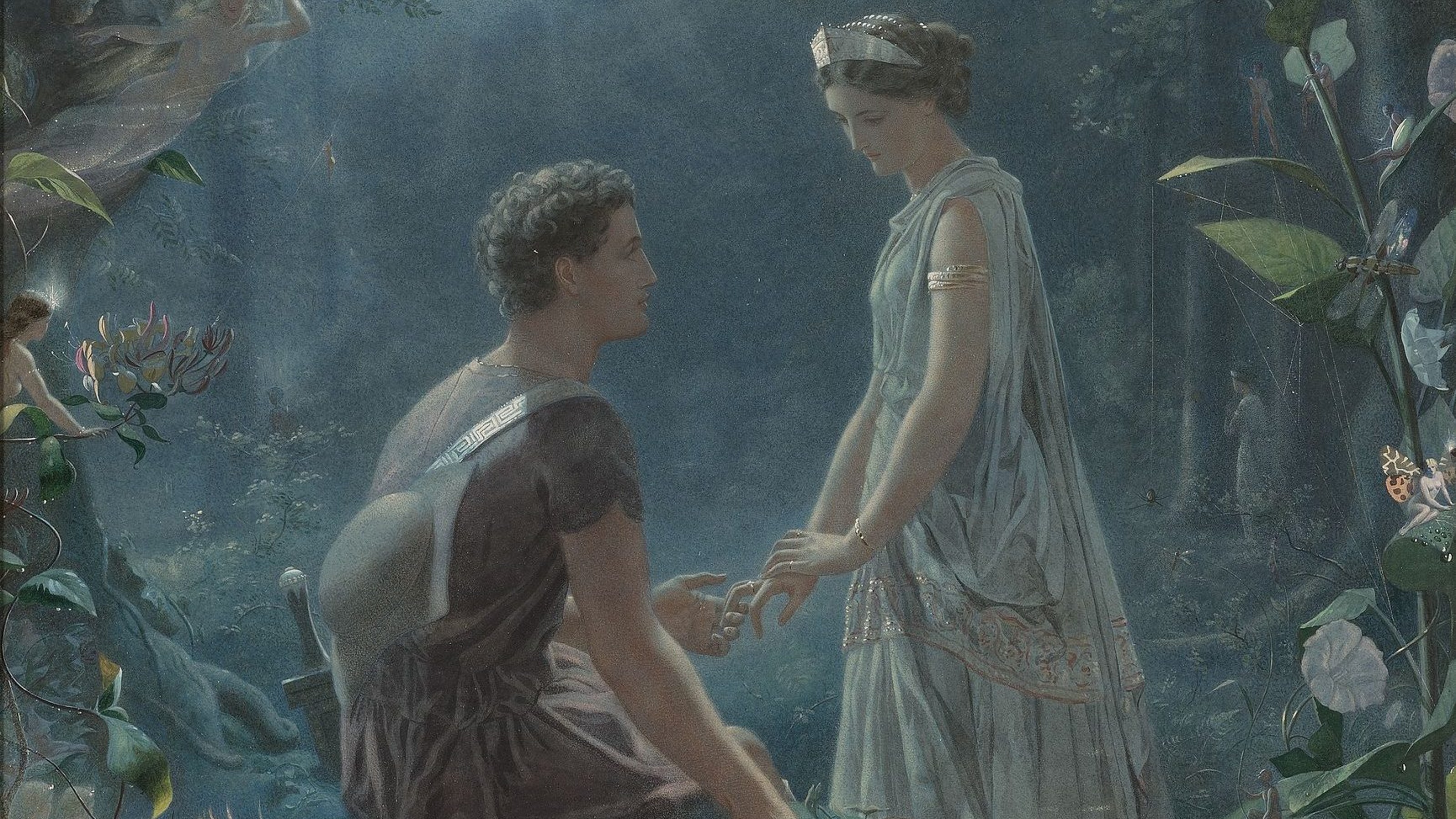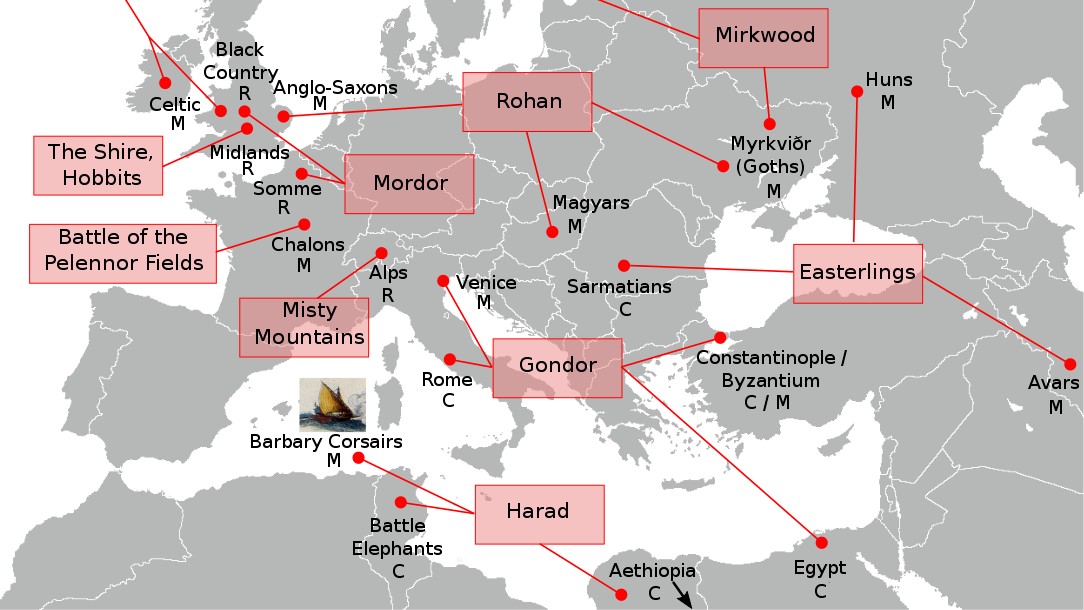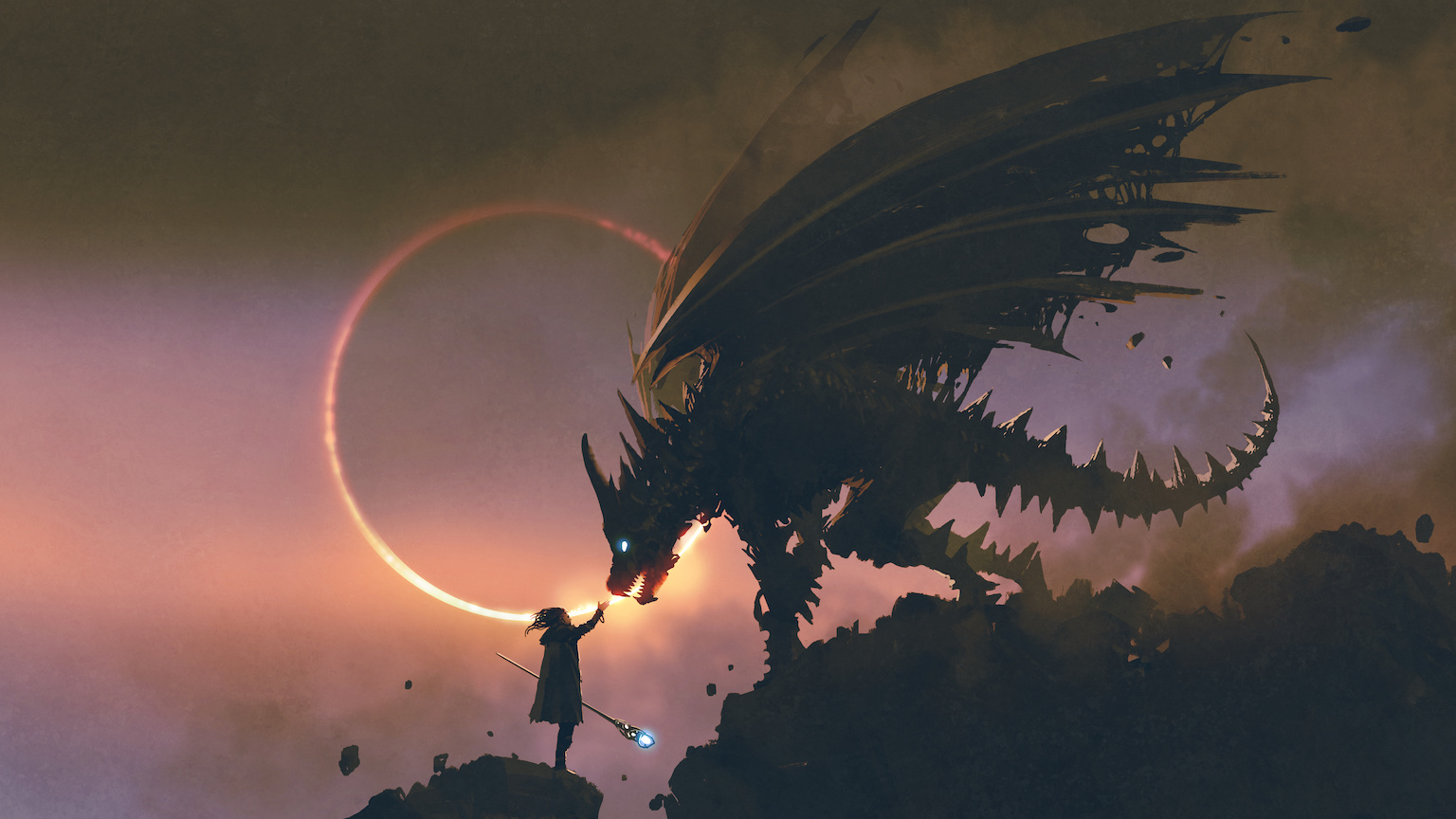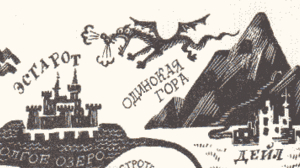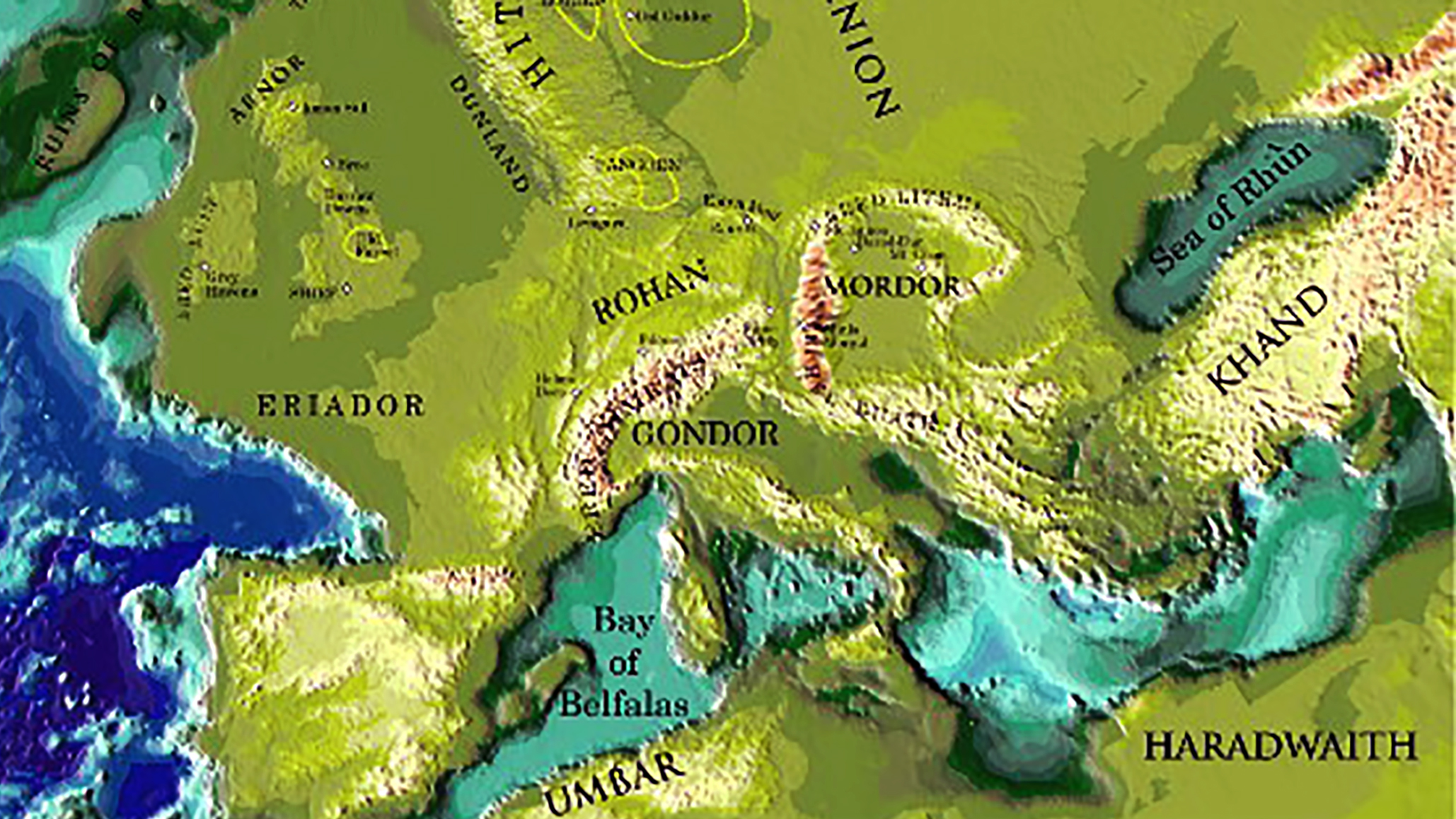How Tolkien filled Middle-Earth with a “weird realism” philosophy

- There is a lot of material “stuff” in Middle-Earth and much of it is “uncanny.”
- Through the lens of “weird realism,” objects can challenge or displace human assumptions of the world.
- Tolkien transformed a sense of being beyond comprehension into a source of wonder.
There is a lot of stuff in Middle-Earth — exquisite gems, magic rings, fabled swords, and ancestral talismans — as well as the more general matter of clothes and armor, megaliths and monuments, food and drink. A supernatural aura suffuses many of these things: stones (standing stones, Seeing Stones, ruins), trees (waking, walking, warring), and paths (traces and memories of ancient footsteps, sentient and animate, seeming to plot). Some things are more mundane (rations, gear), others immense, international enterprises — such as the outbreak of total war and the mass mobilization of armed forces across Middle-Earth, activating communities in different ways.
In the context of all this stuff and all these happenings, many of the peoples of Middle-Earth are materialistic and often covetous in the extreme — the Elves fight for centuries over the Silmarils (coveted jewels); Dwarves are proverbially avaricious and bring ruin on themselves through mining too greedily or contracting dragon sickness in the face of opulent golden hoards; and even Hobbits can be jealous and acquisitive, apt to pilfer from family (the Sackville-Bagginses) and friends (Bilbo and the Arkenstone). This attention to solid objects, goods and chattels, treasure and riches gives Middle-Earth a palpable grain of reality, as well as imaginative affluence. Peter Jackson’s Rings productions are physically tangible too, with real props to give them the heft of reality, and there was an immediate market for replica artifacts from Wētā Workshop.
Much of this stuff is simply weird. The bedrock of Tolkien’s Middle-Earth writing consists of a very English eeriness — what today is often described as “folk horror.” There are haunted ruins, stone circles, the undead; strange truths hidden in riddles and nursery rhymes; superstitions, herblore, and witchcraft; ancient inscriptions, cryptic manuscripts, and secret writings; amoral nature spirits and sentient landscapes; occult rites, drugs, and altered states; cryptobotany and cryptozoology; deluged territories that cry out for recognition; temporal distortions; and, nearly everywhere, the “Uncanny.”
These elements are often radically developed, especially in cinematic adaptations, which can draw on a rich inheritance of earlier stage, film, and television to incorporate elements from Hamlet to Doctor Who. Tolkien’s works and their legacy are, then, both familiar and unfamiliar — and this is also one of their key themes: the search for home. Indeed, the very chapter titles of The Hobbit contrast the homely (“A Short Rest,” “A Warm Welcome,” “On the Doorstep”) with the unhomely (“An Unexpected Party,” “Queer Lodgings,” “Not at Home”), often ironically and in puns. Bilbo, Frodo, and Sam often think of home; Aragorn has yet to find his; and Thorin’s Company have lost theirs.
Recent philosophy, in part inspired by Tolkien’s literary contemporary H.P. Lovecraft, has focused on such “weird realism” and how thinking in particular about objects can challenge or displace Human assumptions of the world by focusing on the perspective of things — such as a ring — and it is striking how Tolkien’s work exemplifies such approaches. As the philosopher Graham Harman argues, “It remains unclear just what objects are, but it is already clear that they far exceed the human-centered.” So can reality be perceived from the perspective of objects rather than the perspective of Humans; can objects be at the center of things? What are objects, and what can they teach us about species? Harman claims that “‘Object’ can refer to trees, atoms, and songs, and also to armies, banks, sports franchises, and fictional characters.”
Can reality be perceived from the perspective of objects rather than the perspective of Humans? Can objects be at the center of things?
The world therefore teems with stuff — loads of stuff everywhere, all the time — which persistently exposes the limitations of Human comprehension and perspectives. This school of thought, known as “Object-Oriented Ontology” or “Speculative Realism,” whispers of a world that is delineated and governed by things that we, as Humans, cannot understand — or even define — any more than we can know what it is like to be a bat: what is it like, now, to be a hammer, or the University of Oxford English Faculty? For the radical philosopher Eugene Thacker, these “blind spots” are an abiding concern because, for him, the world remains “superlatively beyond human comprehension.” Yet for Tolkien, buoyed by his Tridentine Catholic convictions and a sublime faith in eucatastrophe (blissful and unforeseen consummation), this sense of being beyond comprehension is not a cause of “cosmic pessimism” and a demonstration of the futility of thought, but the source of wonder.
The One Ring clearly has agency and its own, alien sentience; it can also grow and shrink. Harman describes plutonium as a “strange artificial material” that possesses ‘an additional reality . . . that is in no way exhausted by the unions and associations in which it currently happens to be entangled,” a reality that is “yet to be determined.” The Ring too has additional realities “yet to be determined”: when it is heated it remains cold but reveals a verse in a strange language; when it is worn it confers invisibility, enabling a character to be both there and not there; it emanates an aura of madness that is irresistible to some yet disregarded by others.
Moreover, what becomes the key episode of The Hobbit — the finding of the Ring — is told and retold in The Lord of the Rings (being written and, importantly, rewritten by Tolkien) because that scene too contains “additional realities” and latent significance. Similarly, the palantίr (crystal ball) possesses a similarly almost radioactive power that tempts Pippin into stealing it from Gandalf, leads to the confusion not only of Denethor but also of Sauron, and which can be weaponized by Aragorn in confronting Sauron. The definition of objects — things — can, furthermore, be extended to include concepts, experiences, and activities, such as hospitality, sleep, songs, the dark, species, and, indeed, words: words are more stuff.
